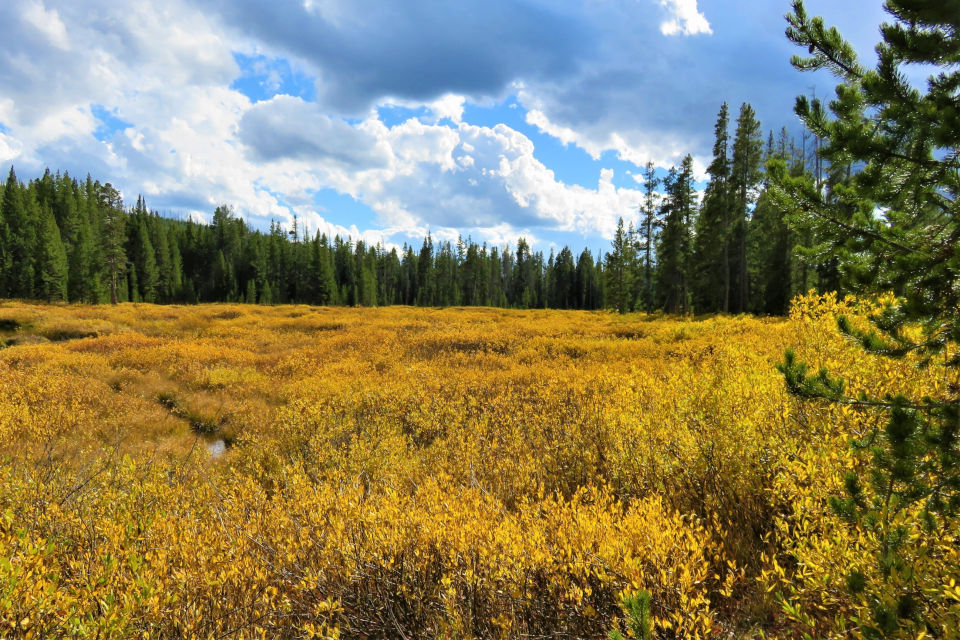
The Rural Philanthropic Analysis Project 2017-2019
Over the course of the last two years, the Rural Philanthropic Analysis Project (RPAP) team has blogged, reported, presented and collected data from all over the country about philanthropic activity that has, as its focus, a deep commitment to the future of rural communities. While philanthropic activity in rural America precedes anything akin to a “field” of rural philanthropy, our project period paralleled a strong growth in interest in rural-serving foundation work in many dimensions—tactical as well as cultural. In fact, the RPAP work is the first highly visible national effort since the National Rural Funders Collaborative (NRFC), which operated from 2001-2011.
The rural philanthropic landscape of today is decidedly different from the foundation work that initiated the start of the NRFC. The emergence of 350+ health conversion foundations – the majority with formal rural geographic footprints – has resulted in the influx of hundreds of millions of rural philanthropic dollars where there was previously little philanthropic activity. The genesis of several formal and informal networks of rural funders within and across states has begun to galvanize a rural funder advocacy movement and a desire to advance an understanding of “What works in rural” from a philanthropic practice perspective. Large national funders, absent from rural philanthropic leadership for decades, are beginning to take another look at rural places in America that have come under considerable scrutiny after the 2016 presidential election.
Our work at RPAP had at its core a desire to put forward a comprehensive set of learnings and recommendations intended to support “More and Better” rural philanthropy. Although the data is imperfect, it does suggest that both public and private philanthropic investment flow to rural America in numbers that fall far short of the per-capita amounts delivered to urban areas. This underinvestment also decries the importance of rural America to the country as a whole.
Shifting the trend of underinvestment represents the “More” of the movement. Concurrently, while old and new philanthropy is part of rural America, not enough of this activity is guided or supported by a best practice rural philanthropic mindset. This represents the “Better” part of the obligation that funders have to rural communities. As an example, many of the largest private rural funders in the United States are large state, regional and national funders with enormous investments, but little recognition internally or externally of the most effective ways to work with rural communities that will yield a more sustainable rural future. Very few large funders are willing or able to say that they are, in fact, committed rural funders.
At the beginning, the RPAP team put forward four functional areas of work in pursuit of our goals and objectives. They were:
- Examining the rural philanthropic landscape as to types of rural philanthropic activity, degrees of involvement and trends
- Providing on-the-ground reporting on examples of intentional rural philanthropic strategy from rural funder and community perspectives around the country
- Extracting and presenting tactical and cultural tenets of effective rural philanthropy
- Recommending action for large regional and national funders as well as specifically for the Robert Wood Johnson Foundation, one of the project’s grantors.
We publicly shared our findings from these functional areas through a series of 25 blog posts and articles for funder associations, funder infrastructure groups, the rural press and the philanthropic media. All of these pieces can be found at www.campbell.edu/rpa and www.philanthropyworx. The RPAP team made presentations before 15 state, regional and national funder groups. Finally, we designed and conducted one new national and one new regional meeting on effective rural philanthropic strategy.
What did the four functional areas deliver?
- In terms of the rural philanthropic landscape, state, regional and national rural funder networks are emerging in unprecedented numbers and national funder associations are increasingly recognizing the interests of their rural-serving members. The regional healthcare conversion foundations that are such enormous players in rural places are increasingly moving from a healthcare grantmaking strategy to a strategy that is issue-agnostic and rooted in place. Furthermore, healthcare conversion foundations with both urban and rural service areas are increasingly taking a serious strategic look at their rural investments (or lack of rural investments). And finally, rural serving foundations are piloting various embedded staff models to better reflect long-term funder commitment to rural places.
- After capturing on-the-ground stories, RPAP is issuing a series of four field reports in May 2019 that present rural philanthropy from both a funder and community perspective. These reports come from wildly diverging rural regions of the country (Northeast Iowa, New Mexico, eastern Washington and southern Maine/eastern New Hampshire). The funder heritage is different in each of the regions portrayed. We believe these field reports will provide a vivid and relatable look at what effective rural philanthropy looks like on the ground. As they are issued, we are posting these reports at www.campbell.edu/rpa and www.philanthropyworx.com
- Effective rural philanthropy requires a shift in funder mindset from traditional urban-based grantmaking. Fundamentals for funders include:
- Rethinking the prescriptive funder demands and behaviors placed on rural communities
- Becoming a leader in incorporating voices of people not always heard by funders when doing rural work, such as immigrants, persons of color, disabled, LGBTQ representatives, and Tribal members. In other words, rural funders should not sanction and reinforce the status quo.
- Rethinking what philanthropic success looks like, and actively incorporating rural community perspectives on success
- Changing the mindset about what what “good” non-profits and “strong” leaders look like
- Committing to rural communities long-term, rather than for one timeline-bound grant.
- For large regional and national funders, our recommendations include:
- Immersing in rural funder and practitioner networks on both an issue and geography-based level
- Financially supporting smaller rural funders and rural-serving groups
- Creating ongoing input channels from rural-focused internal staff and advisory boards. Hiring staff at all levels with rural professional and/or personal experience
- Financially supporting the creation of rural place-based evaluation models, rural best practice models and rural strategic communication strategies, among others
- Understanding the rural philanthropic landscape already in place before making or extending rural philanthropic commitments
Looking forward (and back), its clear that there are many discrete but interwoven areas of interest in aspects of “More and Better” rural philanthropy. Increasing investment to rural America from state and federal sources is a key component. Refining tactical practices like rural program officer roles and communication strategies is essential. Similarly, developing a standard peer learning and sharing space for funders, rural researchers and practitioners, and rural communities themselves can begin to advance an experience-informed body of rural philanthropic work.
Rural philanthropic success takes cooperation and collaboration among many players, and so, too, the work of RPAP. This effort could not have succeeded without the support, assistance, thinking and cheerleading of hundreds of rurally committed folks all around the country. Without the ability to name all of these fine people and foundations, I wanted to especially thank the members of my National Advisory Committee, the Robert Wood Johnson Foundation staff for their ongoing support and leadership, Britt Davis and Campbell University for their commitment to rural places, my multiple Campbell University graduate assistants and staff, and my friend, colleague and writing partner Betsey Russell for her ongoing optimism and critical eye. My dream is that the work of RPAP will continue under various new banners- some local and some national- and that the RPAP team had at least a small role in pushing forward the seemingly obvious idea that rural communities deserve the same philanthropic intentionality as do their urban brethren. Thank You!
RPAP National Advisory Committee
Cory Anderson, Winthrop Rockefeller Foundation
Tanya Beer, Center for Evaluation Innovation
Antony Chiang, Empire Health Foundation
Doug Easterling, Wake Forest School of Medicine
Alana Knudson, National Opinion Research Center
Kim Moore, United Methodist Health Ministry Fund (retired)
Lori Pourier, First Peoples Fund
Dolores Roybal, Con Alma Health Foundation
Gabrielle Smith, Orton Family Foundation

